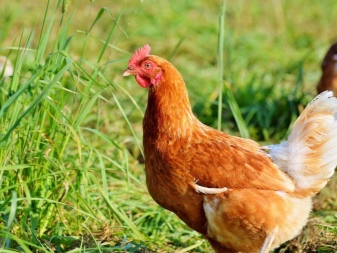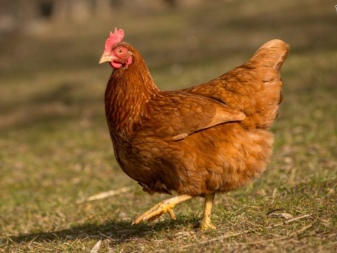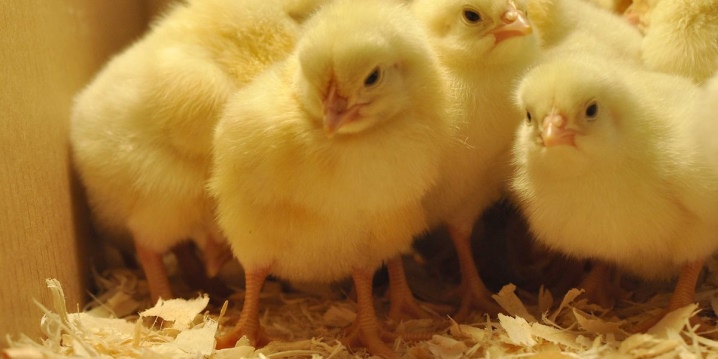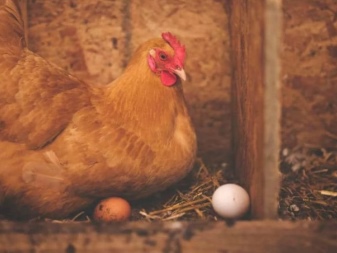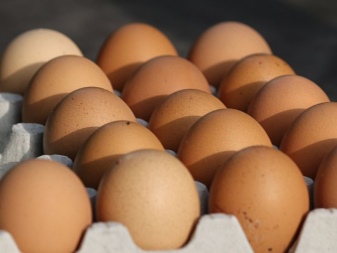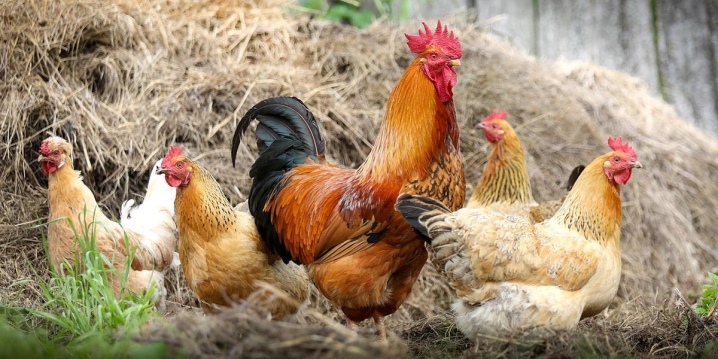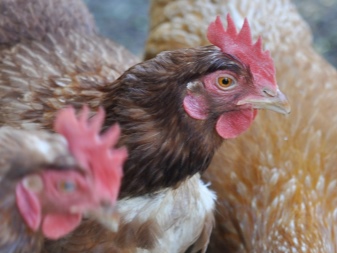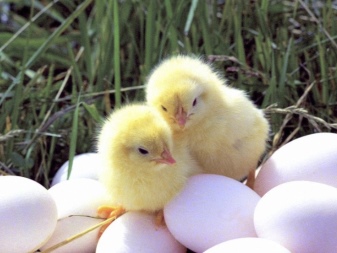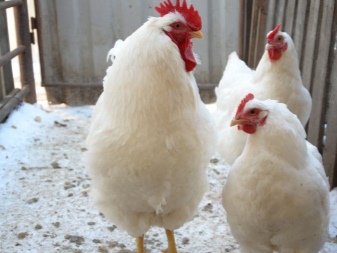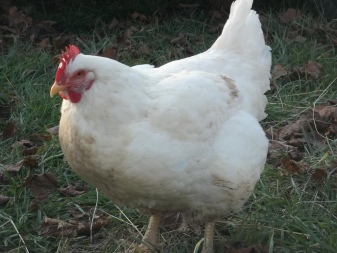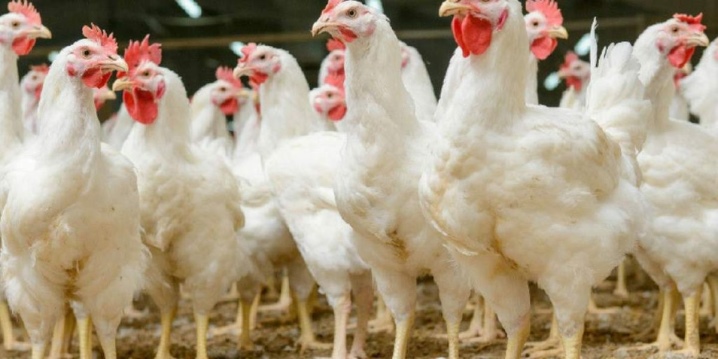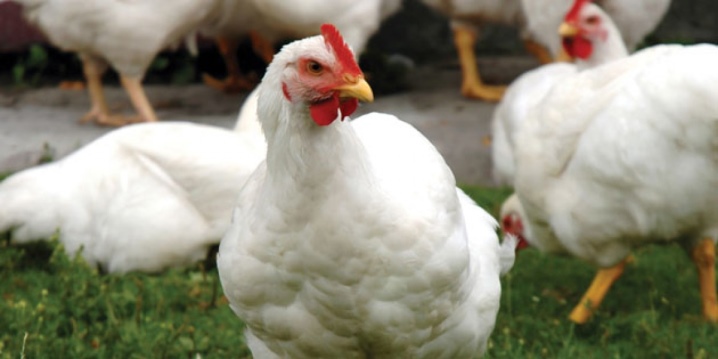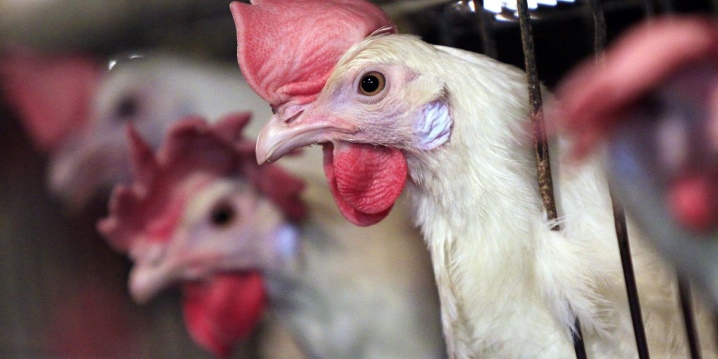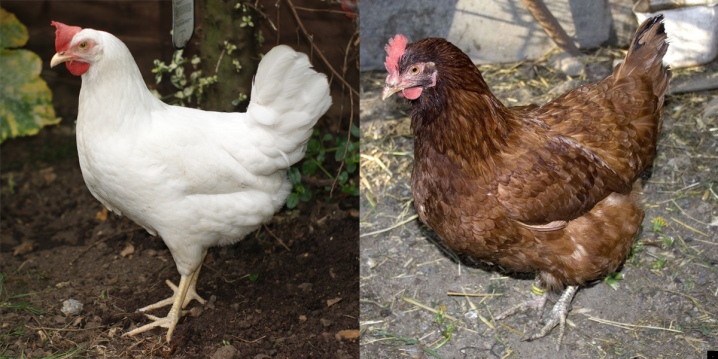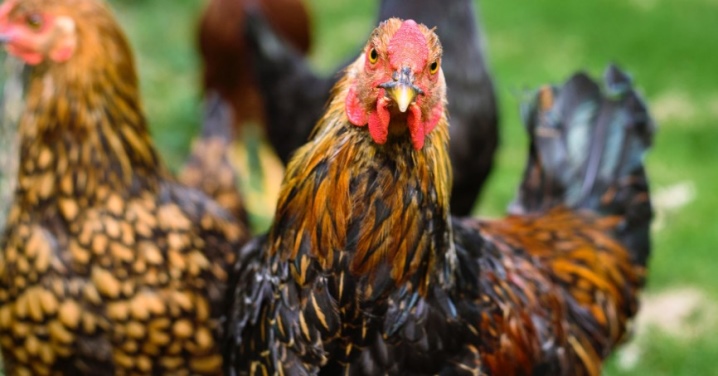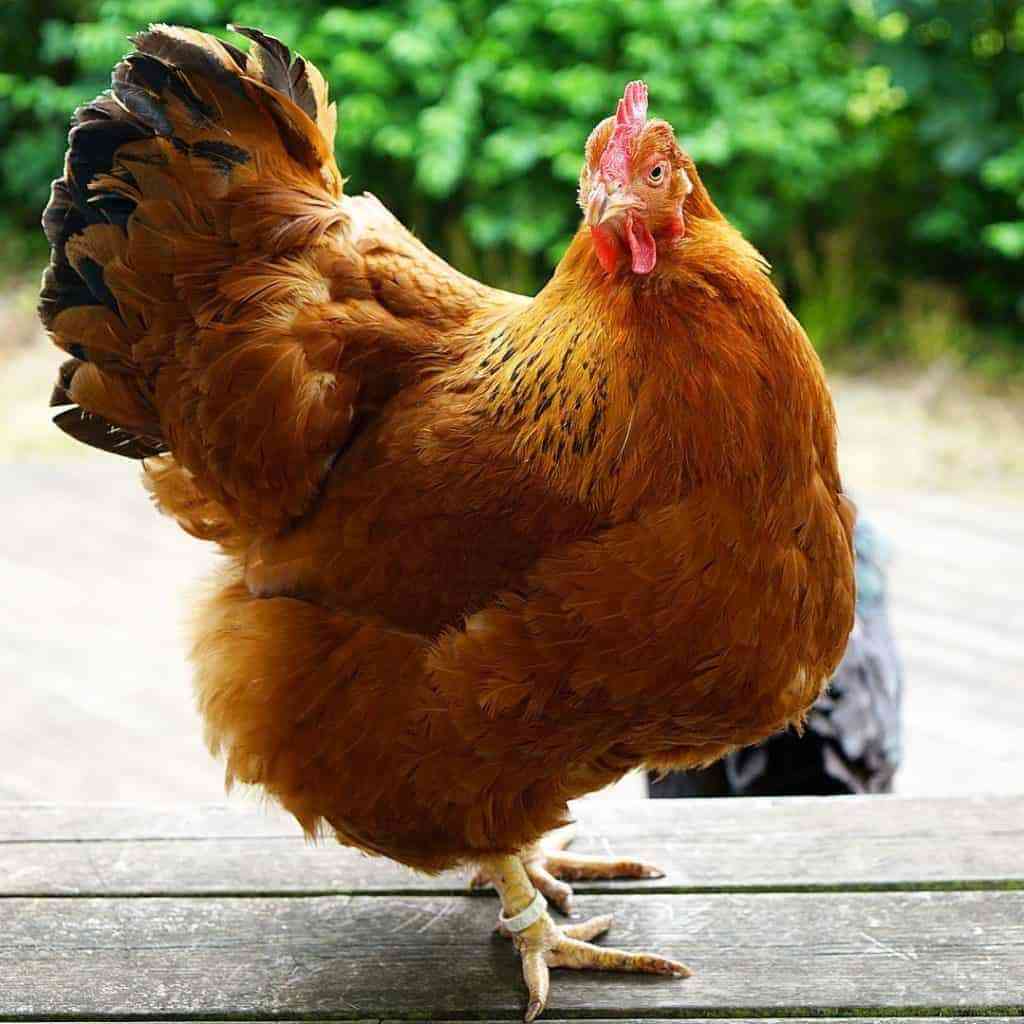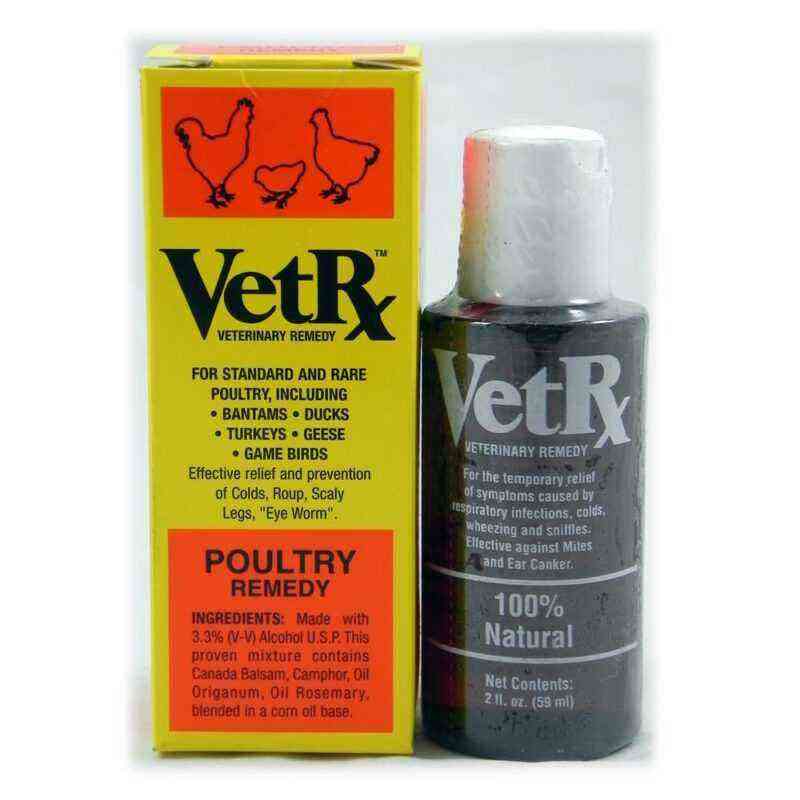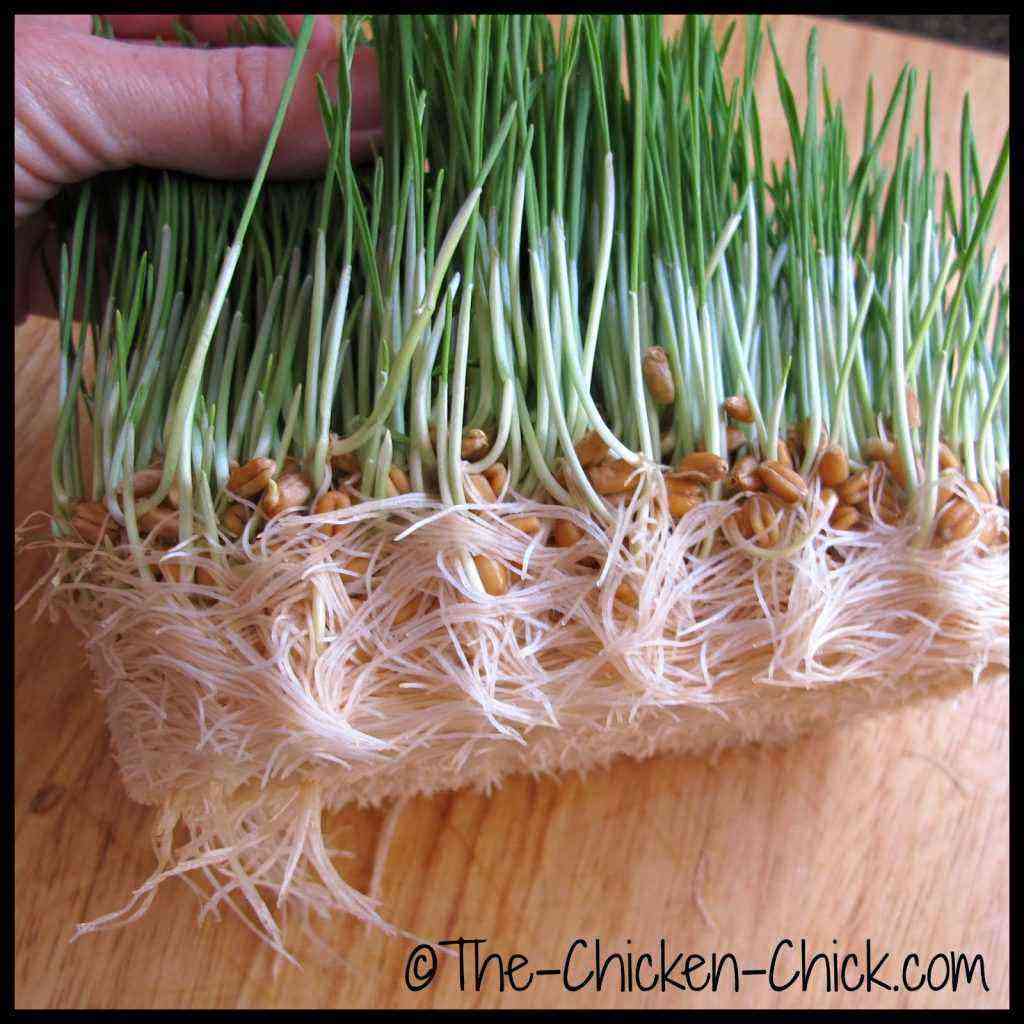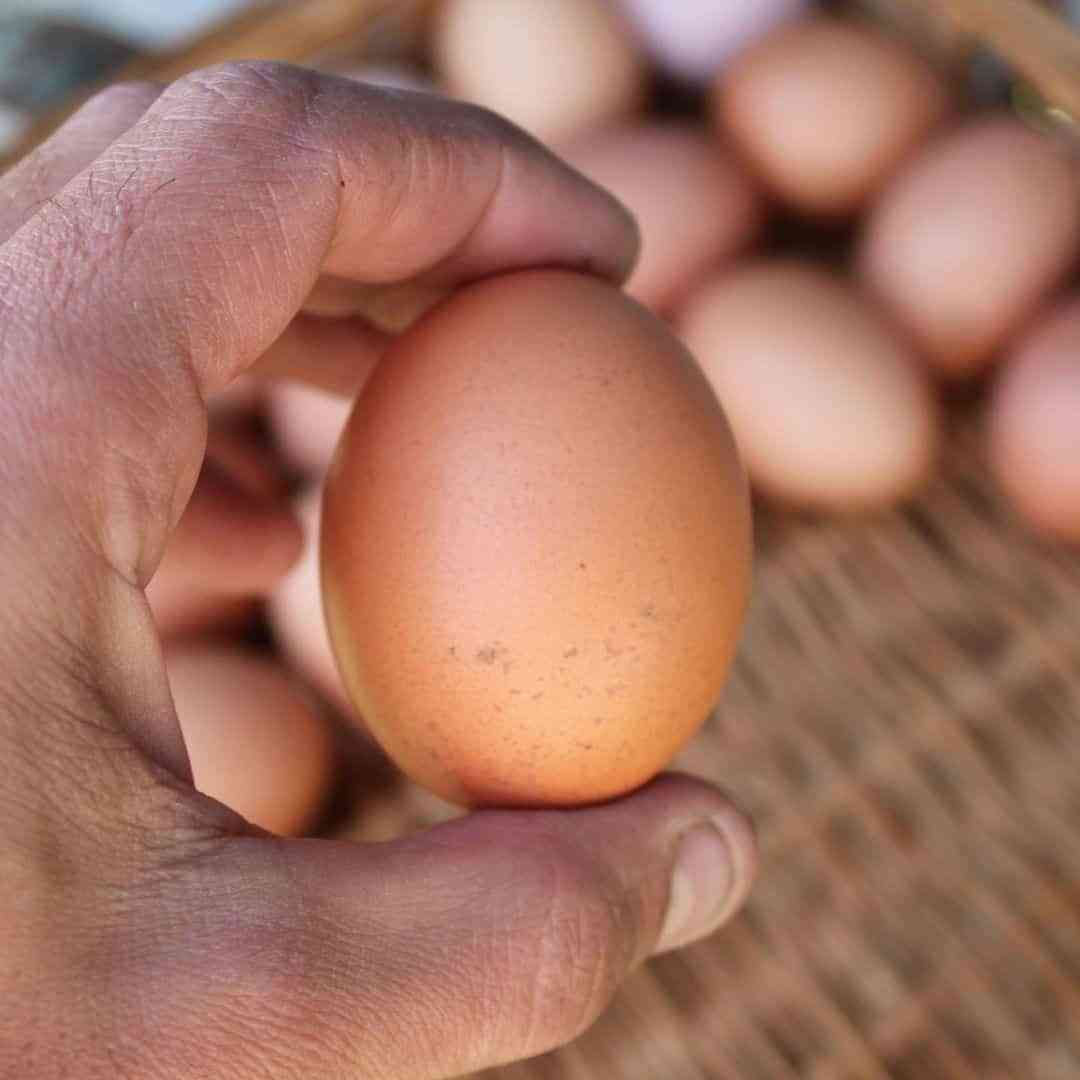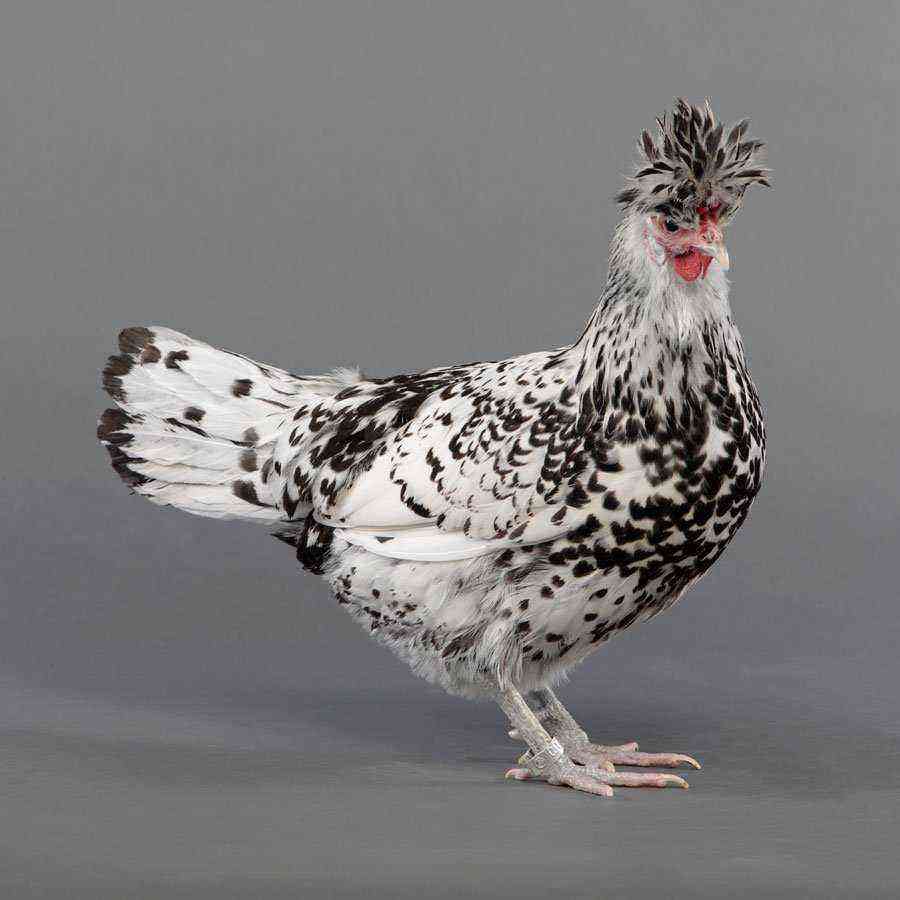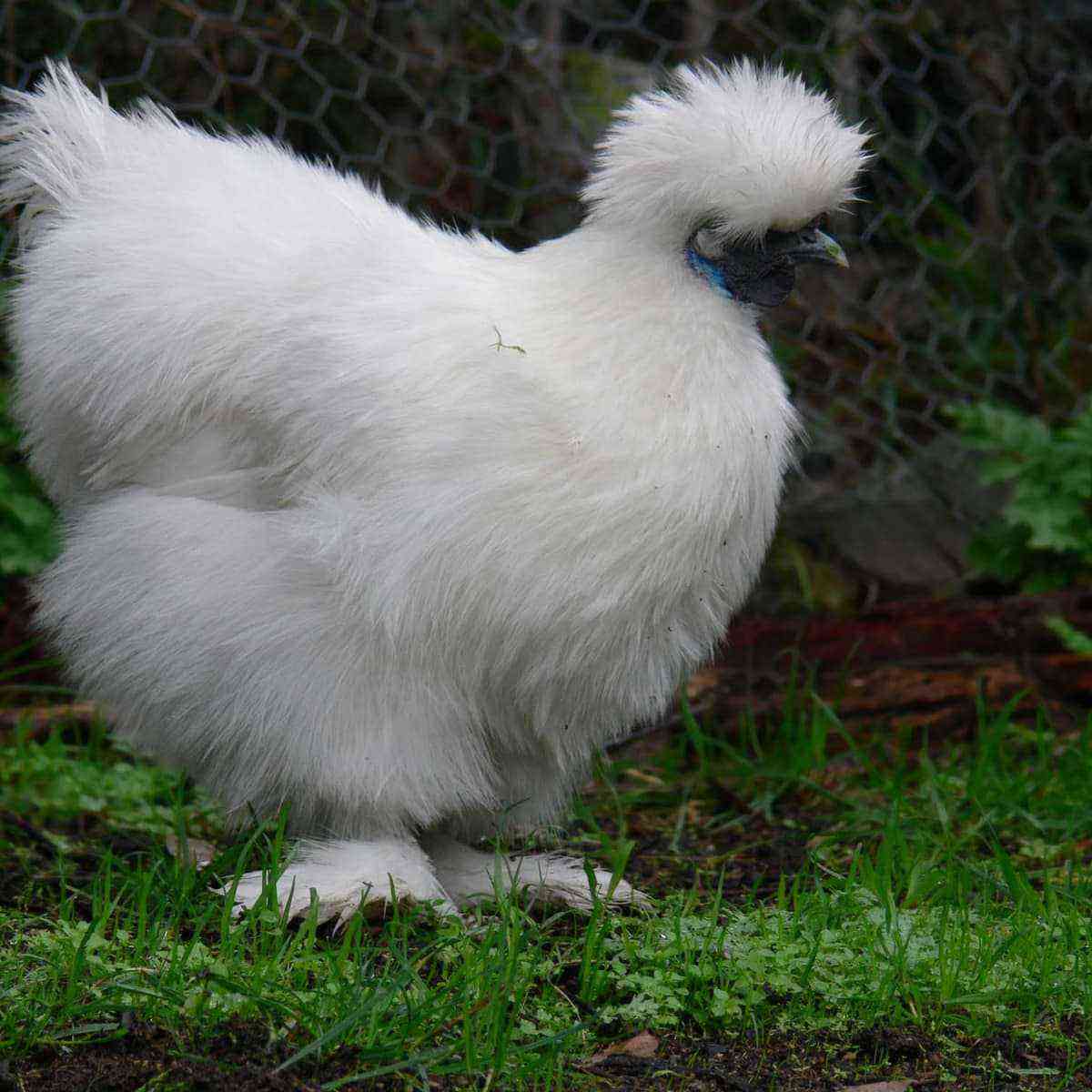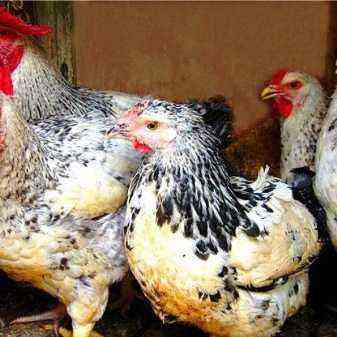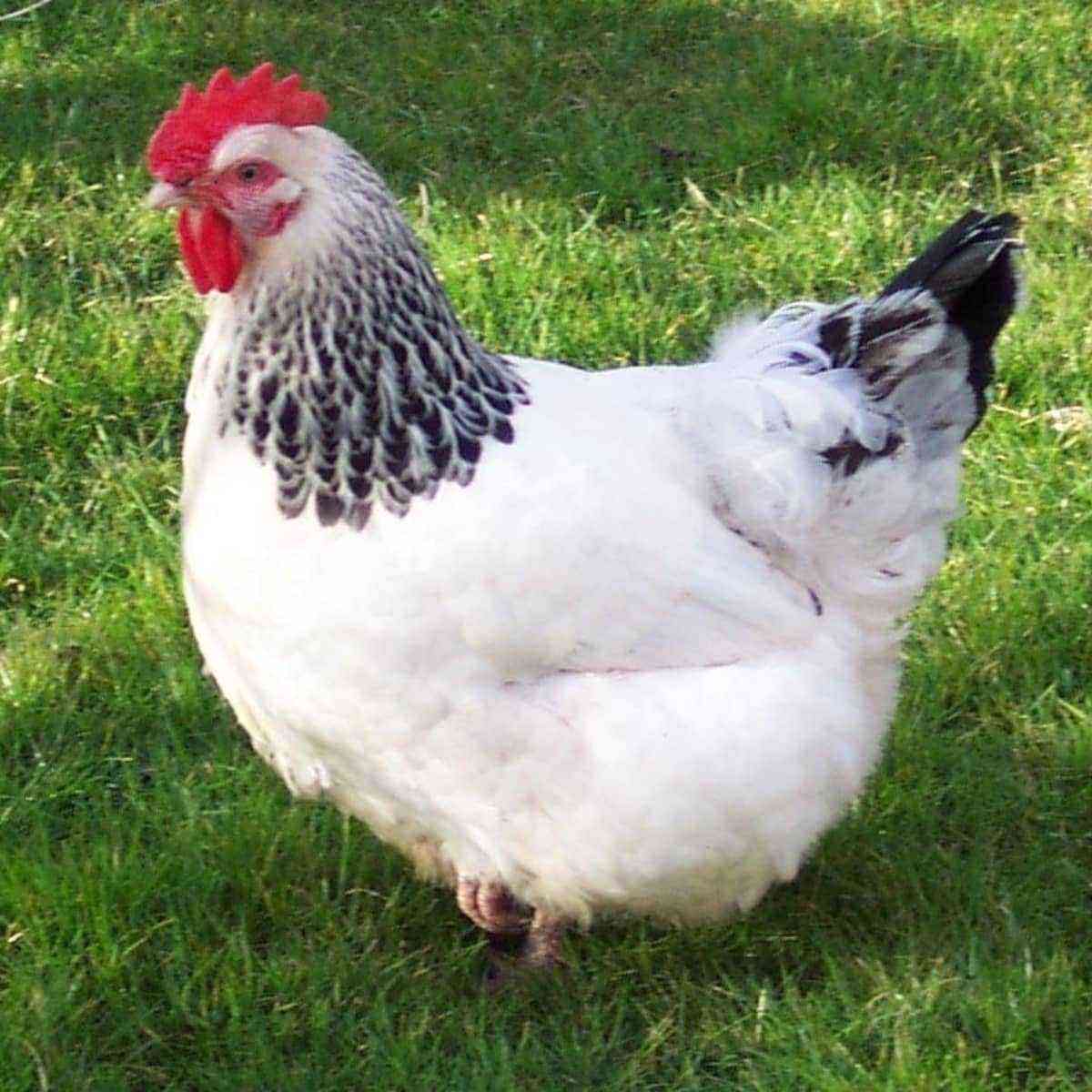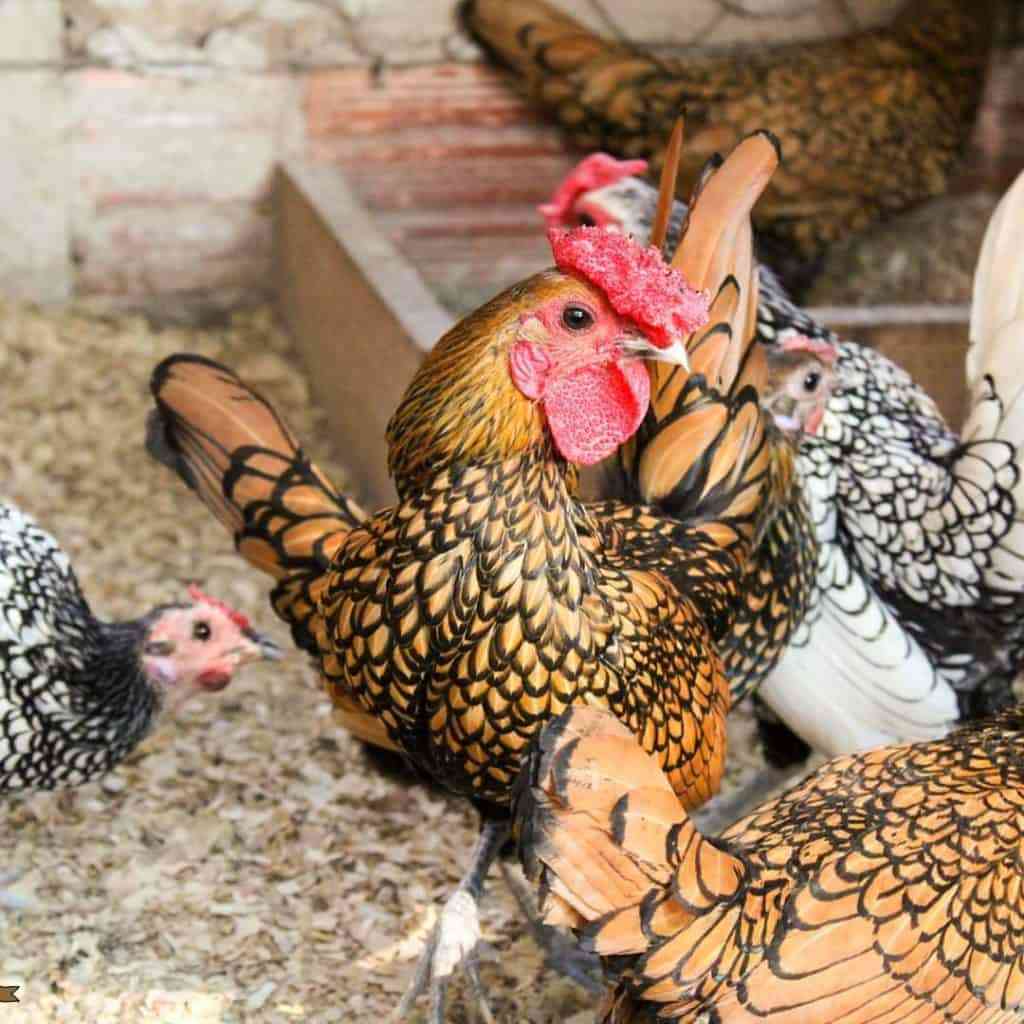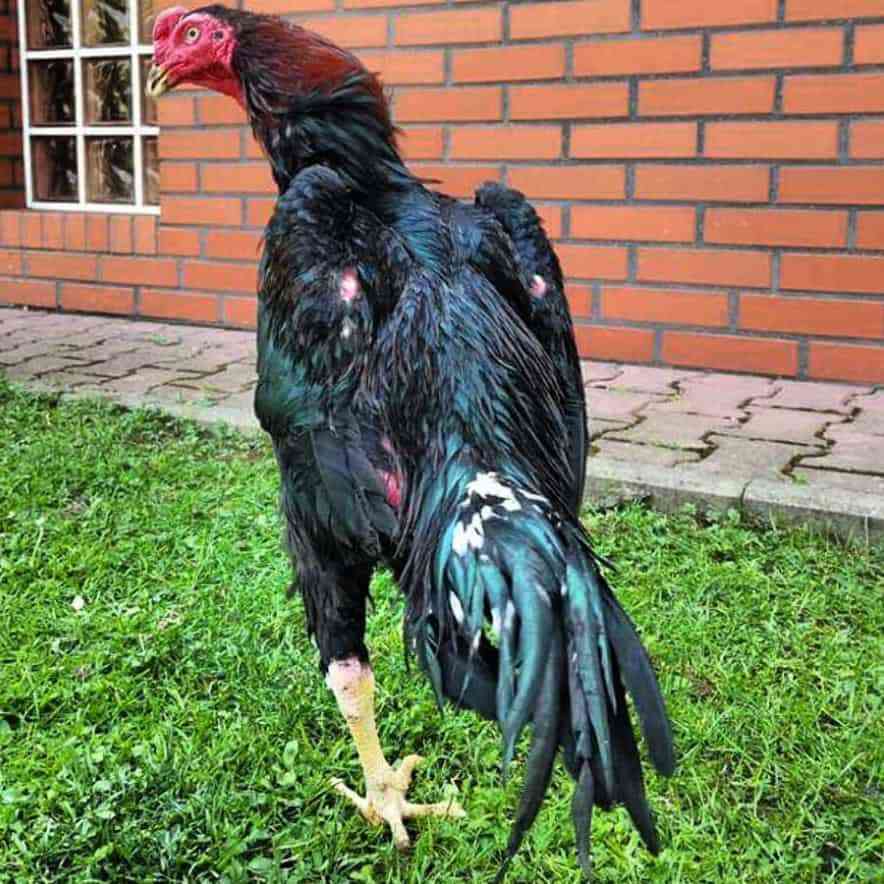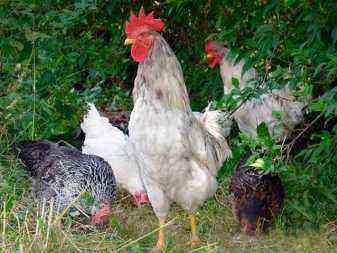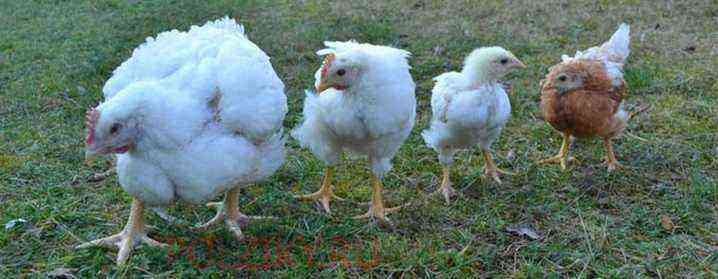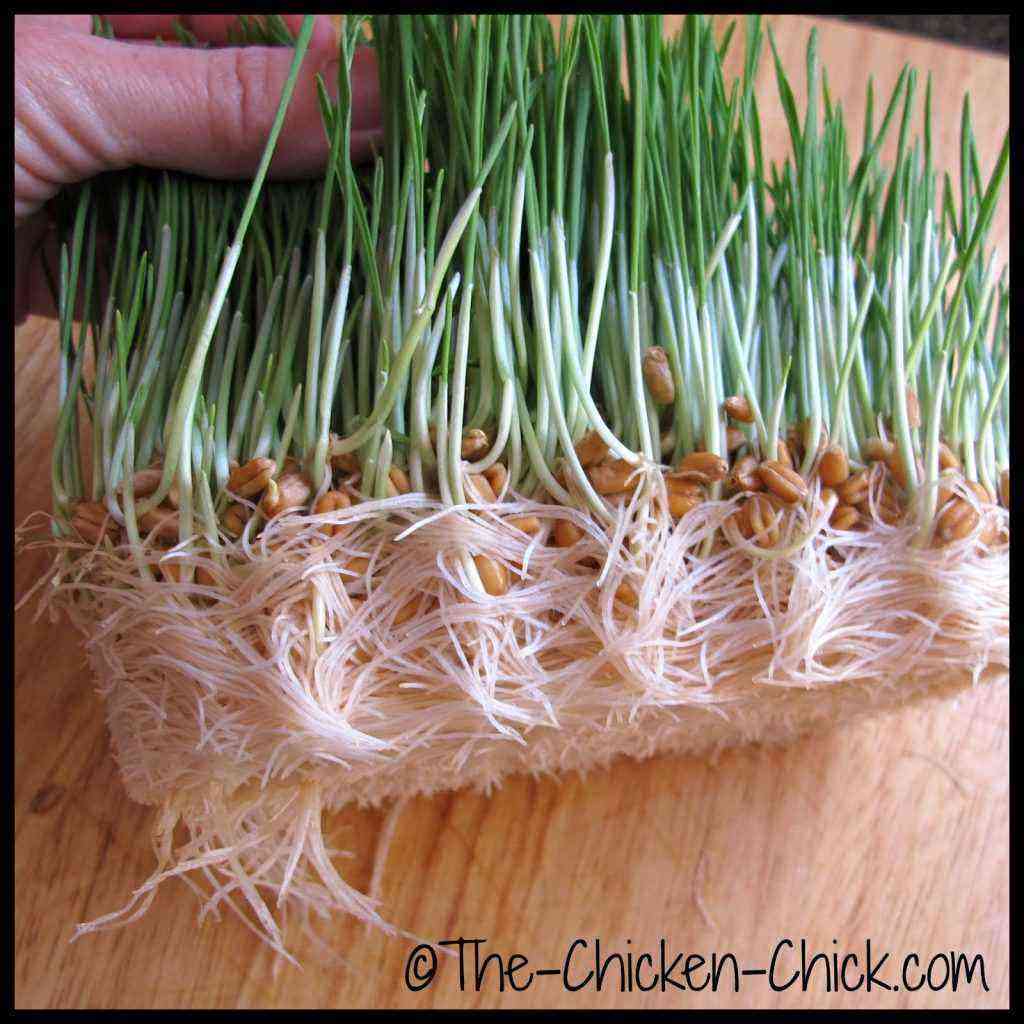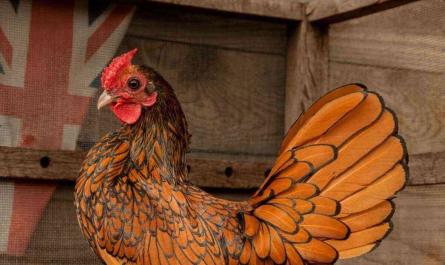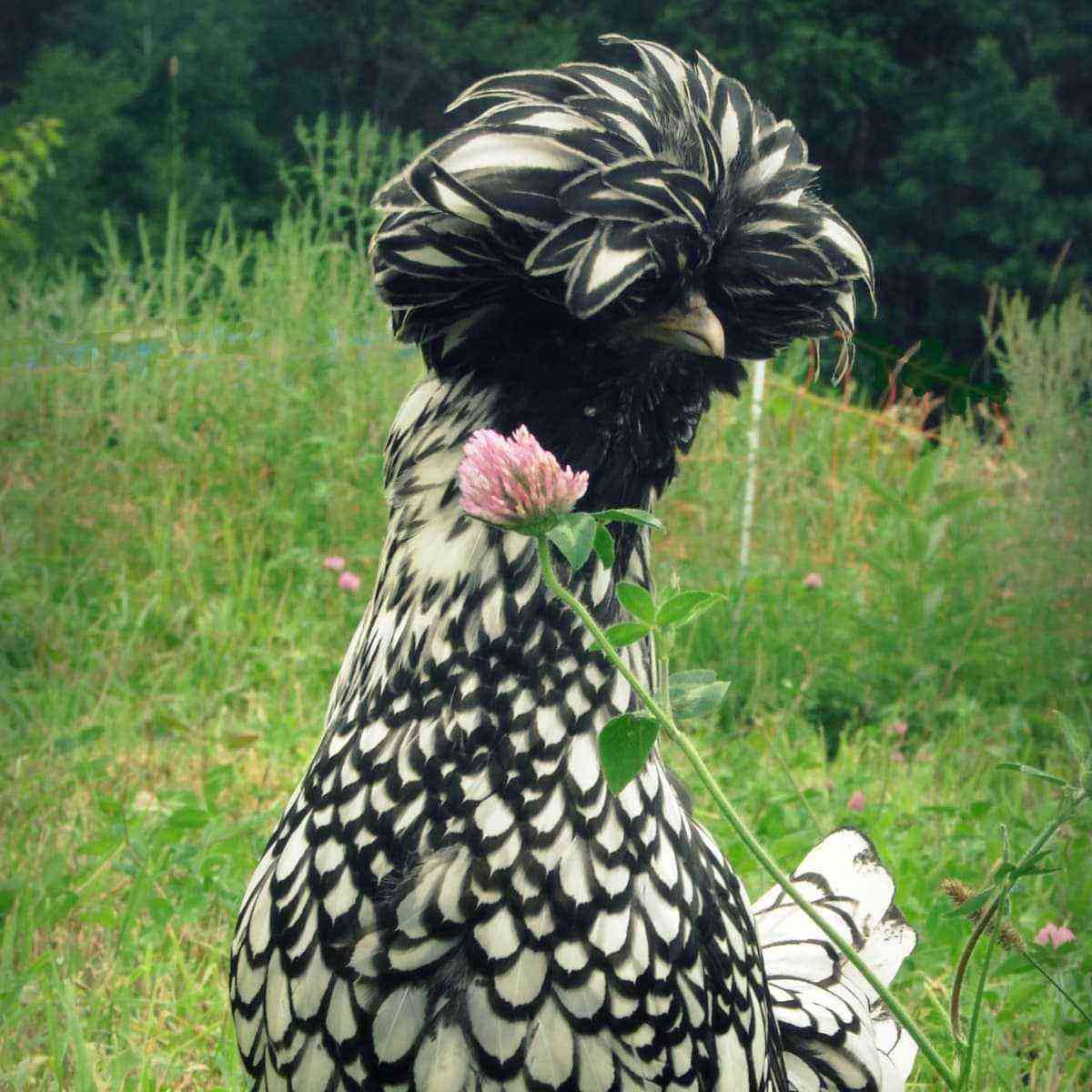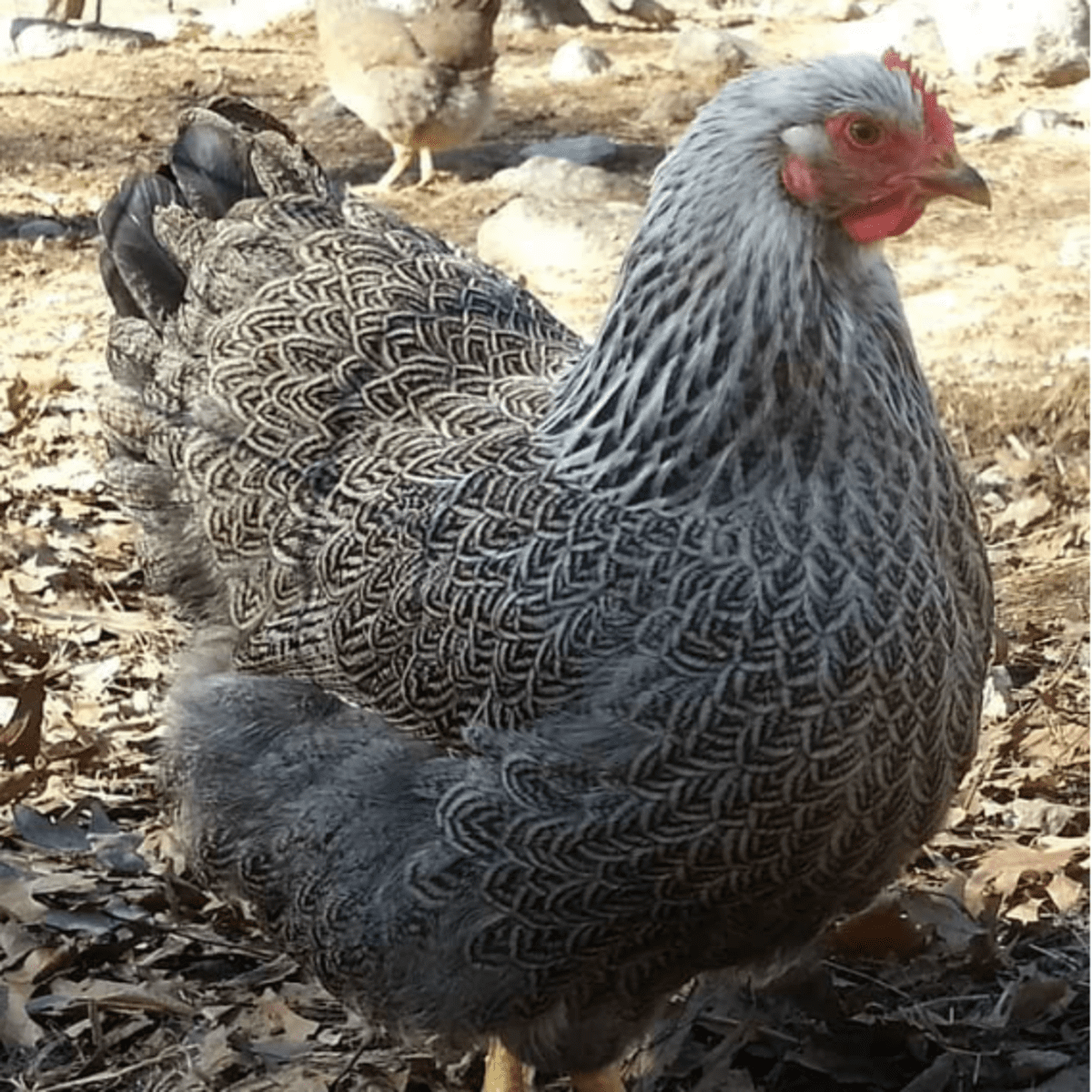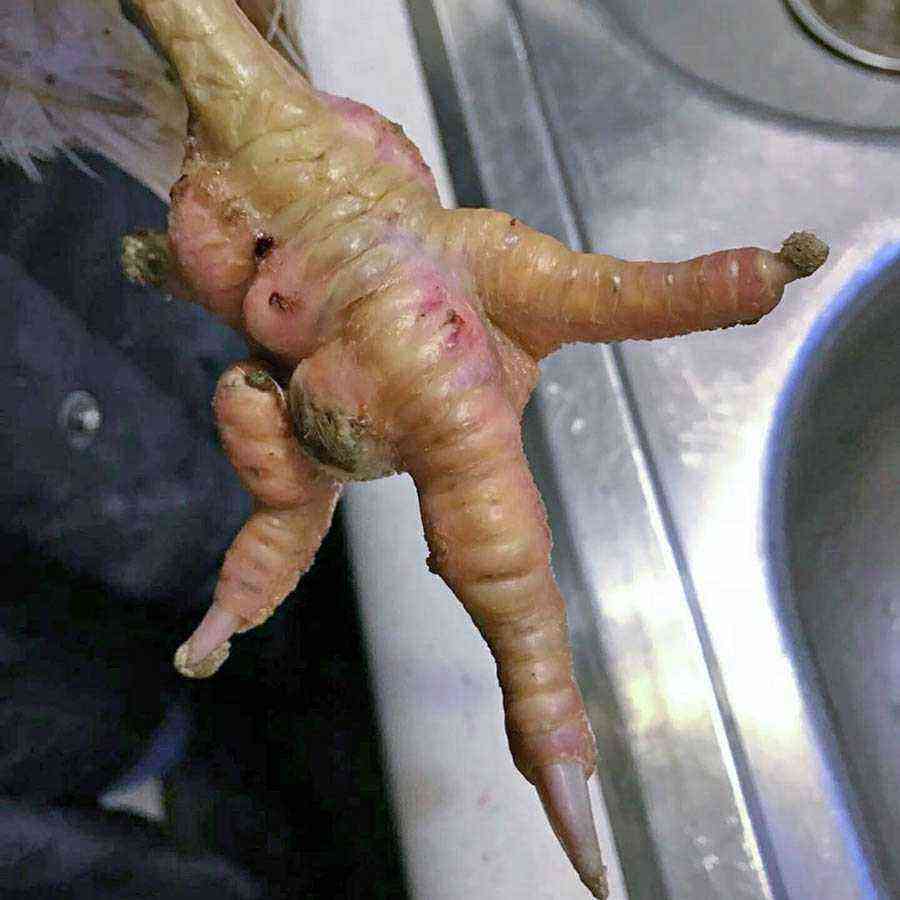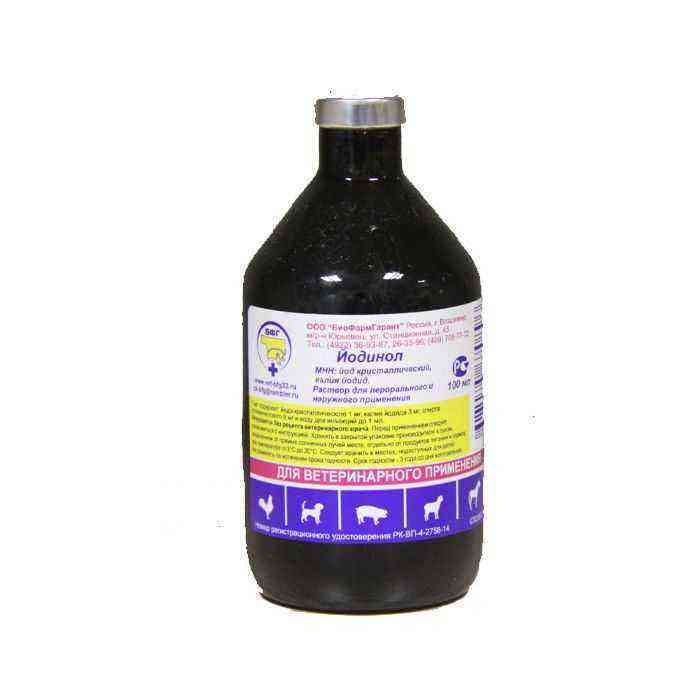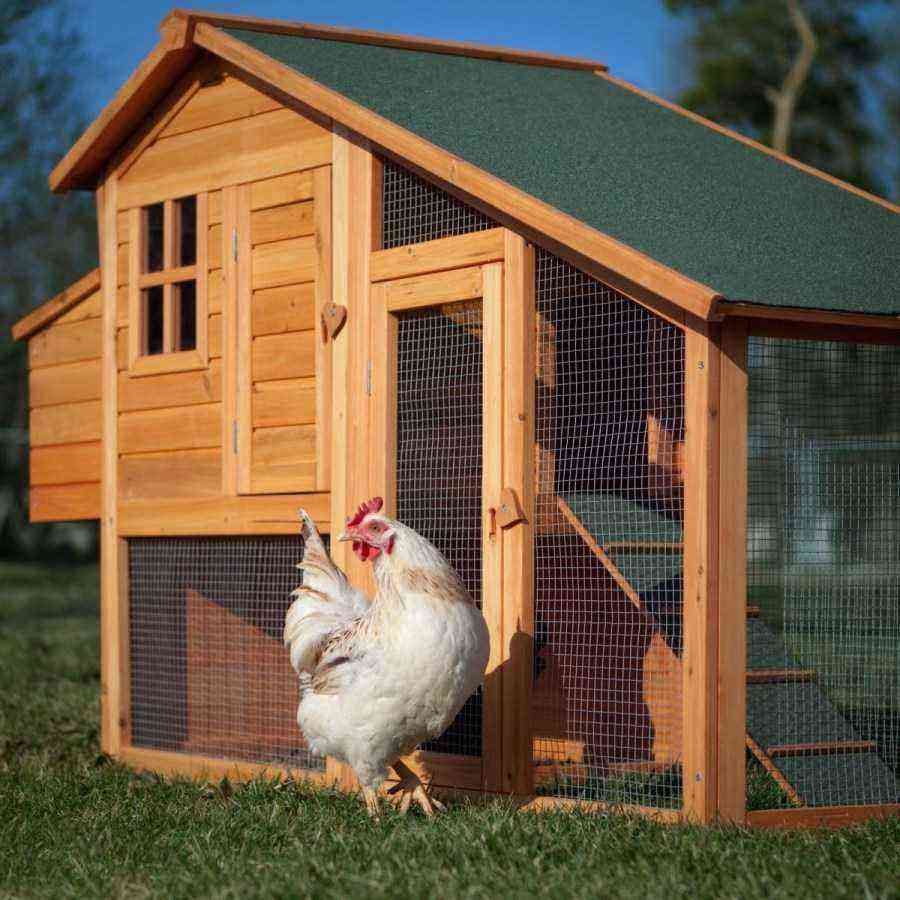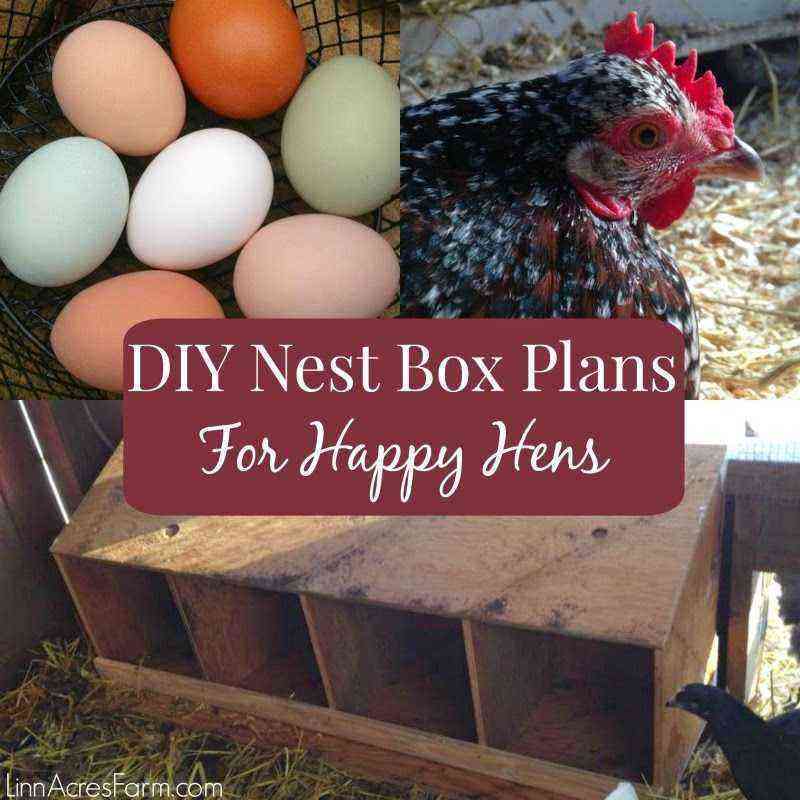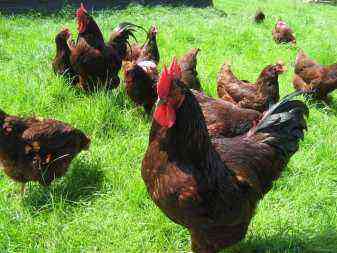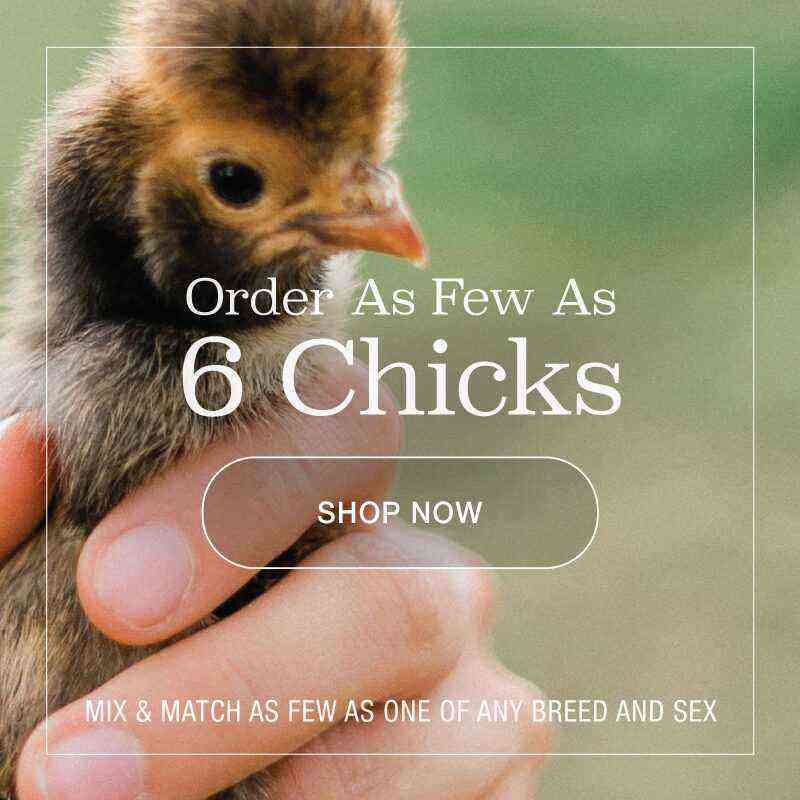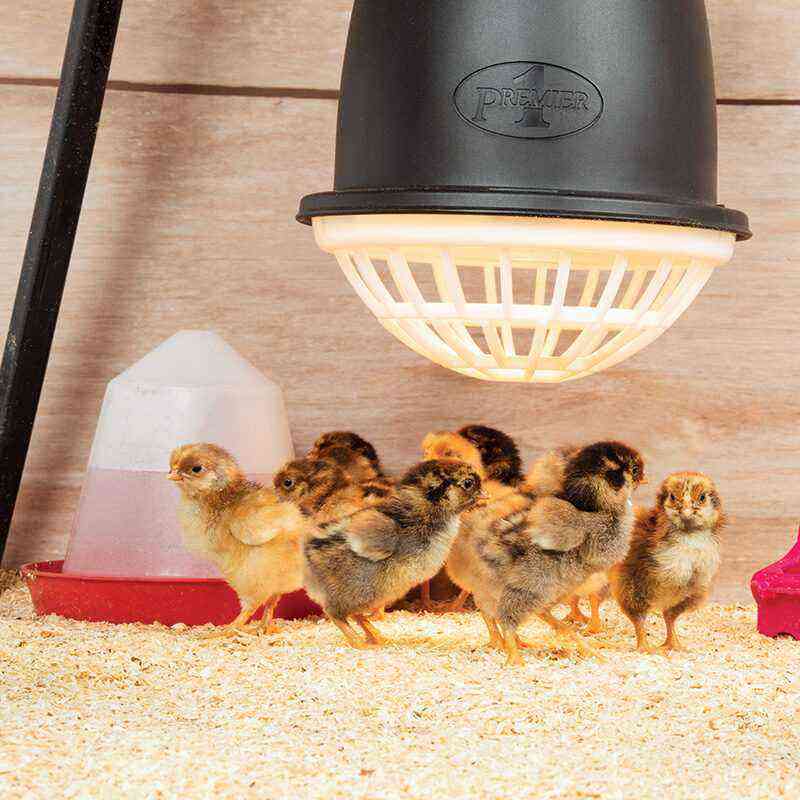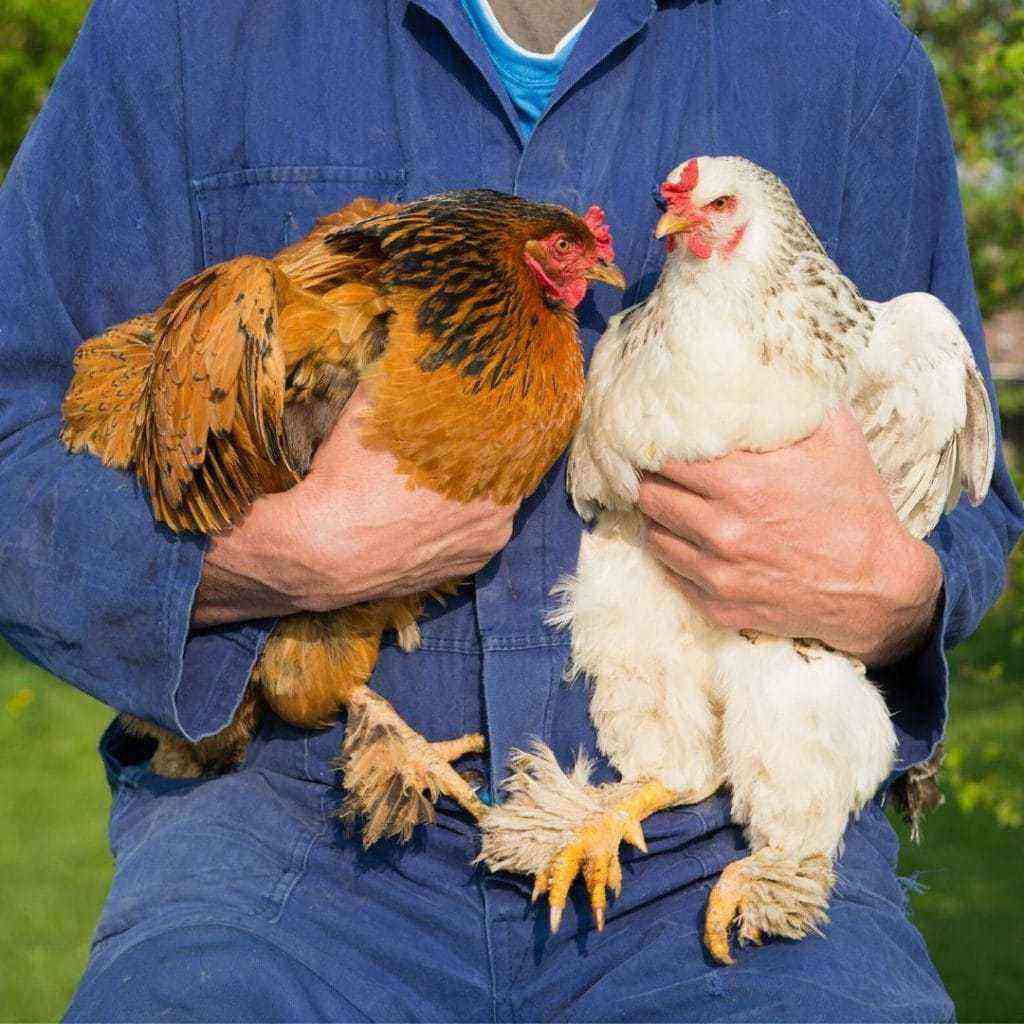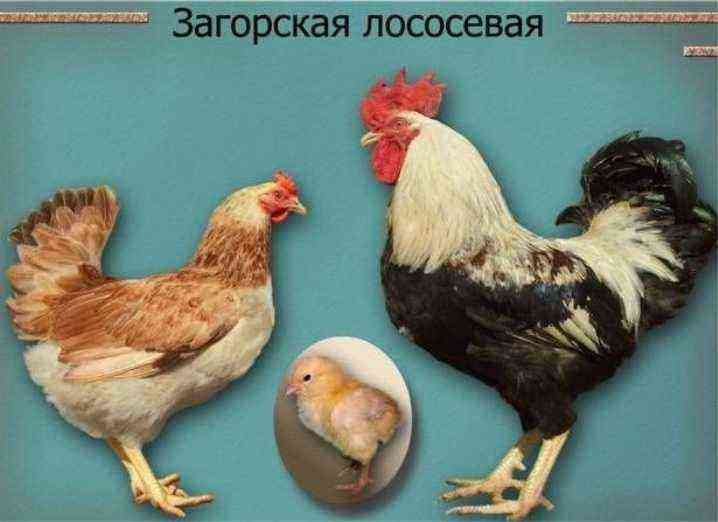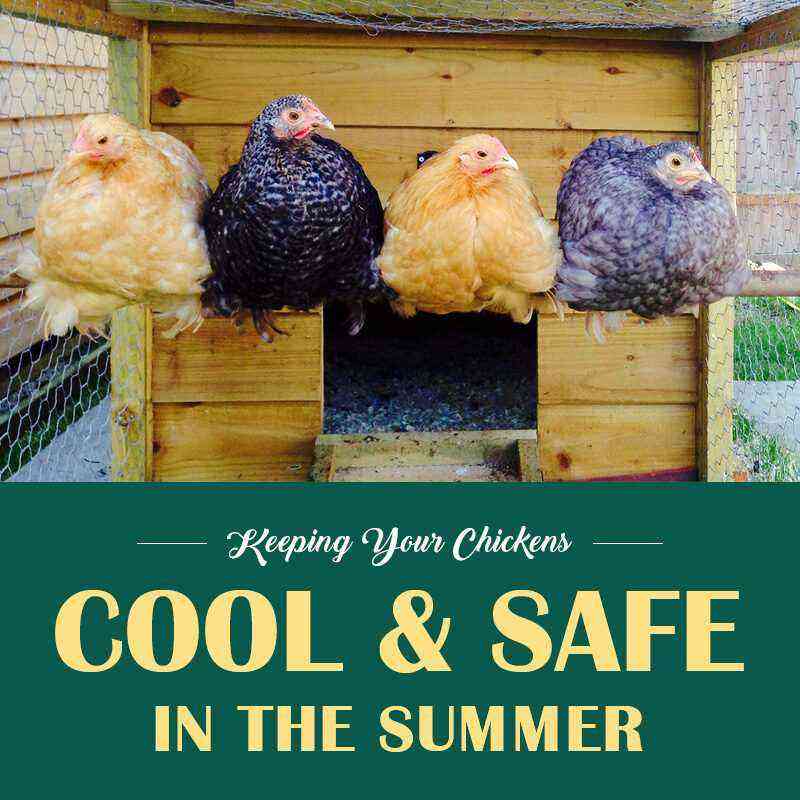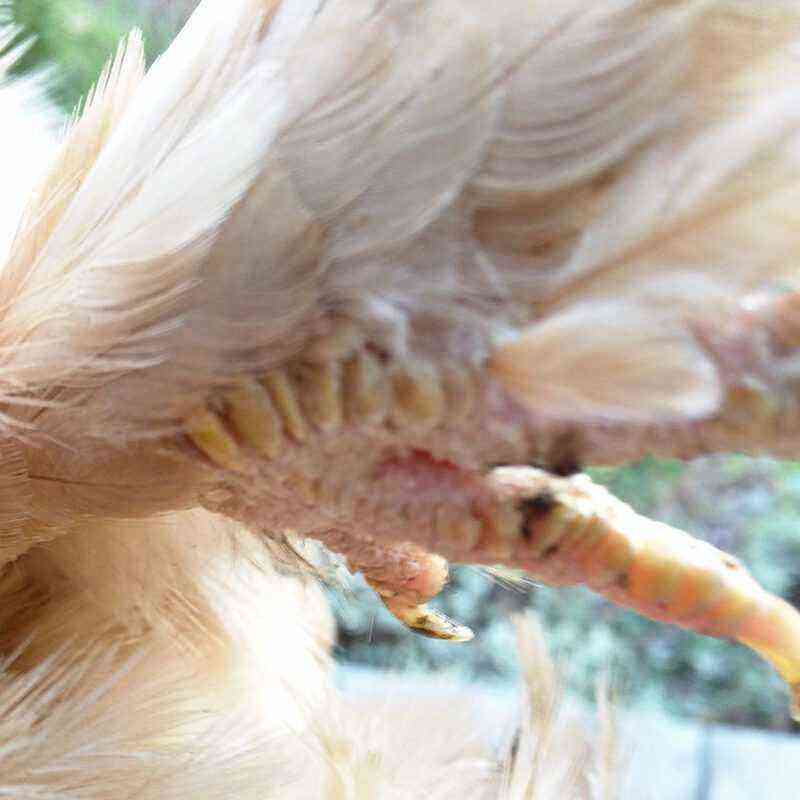You will not surprise anyone with an intraspecific breed of a domestic animal. This phenomenon is widespread and known to people involved in farming. For a person who is not versed in animal husbandry, the concept of “crosses” will be unfamiliar. A cross is a hybrid of two breeds of an animal, and it has exceptionally the best qualities of its parents. Most often, this approach is applied in domestic poultry farming, as a rule, to chickens. The features and description of chicken crossbreeding will be discussed in this article.
What it is?
Chicken crosses are, as mentioned earlier, hybrids of several breeds, and sometimes entire populations, in order to achieve high production of eggs and meat. The creation of one hybrid occurs according to a complex programin which qualified livestock specialists are involved. For a general understanding, it is worth noting that chicken crossbreeding can occur in several stages. At the first stage, the selection of the best roosters belonging to highly productive breeds or populations takes place. Then they are crossed with chickens, while also choosing the best.
The resulting crossbreed hybrid can be further crossed with another breed, and this continues until a highly productive cross is bred.
Such a process (crossbreeding) may resemble the well-known interbreeding, because the technology for obtaining a hybrid is the same. However, differences still exist. So, interbreeding is used in order to breed a new breed or improve the qualitative characteristics of one of the parents. While crossbreeding chickens does not set itself the further goal of breeding offspring. Chicken crossbreeding is purely utilitarian. In other words, after a cross-breeding laying hen stops laying eggs, she is slaughtered because she has exhausted her egg “potential”. The same thing happens with meat-fed chicken. As soon as the bird gains the required weight, it is slaughtered.
Cross-country hens are not used to breed offspring for one simple reason – this is an impressive increase in the productivity of the first generation. A chick born from a hybrid no longer has the same qualities as the parent, and is generally much weaker than it.
Crossbreeding chickens of different directions
Crossbreeding can be applied to both egg and meat chickens.
egg
The main difference between an ordinary chicken and a cross one is the number of eggs that a bird can lay in a year. The most impressive result is shown by birds created through cross-breeding. The number can reach 300 eggs. Thus, a hen lays one egg a day. However, after twelve months, the number of eggs will begin to seriously decrease, and it will become unprofitable to keep birds. Therefore, such chickens are given for slaughter. A purebred laying hen can lay about 170-190 eggs in twelve months. That is, there are much fewer cross representatives. But such an indicator will be stable for several more years, therefore, it is more profitable to keep ordinary chickens.
Thus, we can conclude that cross layers are ideal for an industrial poultry farm, which has qualified personnel and modern equipmentthat allows you to create an interbreed hybrid that meets all the needs of the factory. A purebred will be an excellent choice for a farmer who is not profitable to purchase chickens obtained from cross-breeding every year.
There are no special breed differences between cross-country chickens. Perhaps the main difference is the color of the egg shell. Crosses that lay eggs with a white shell are hybrids created from a white breed and are called leggorn. Birds whose eggs have a brownish tint are hybrids of Rhode Island and New Hampshire breeds. Despite the fact that the latter have lower egg production rates compared to white crosses, they have recently been popular in industrial poultry farms. This is due to a number of advantages that they have:
- carcasses are larger;
- the weight of one egg is much more;
- the chicken has a calm character and tolerates stress well;
- offspring better adapts to the environment (tolerates heat and cold well);
- high survival rate of offspring;
- due to the bright color of the feathers, sorting by gender is much faster.
Meat
The main indicators of the successful creation of a meat chicken hybrid are the speed of weight gain and the cost of feed per kilogram of weight gained. Thanks to the work of breeders, the current crosses of meat breeds, which are called broilers, are able to reach marketable weight in less than a month and a half. Along with this, feed costs, as a rule, do not exceed 1,5 kg per kilogram of carcass.
A large number of countries prefer the floor method of keeping broiler chickens. And only on the territory of Russia, the cell system has been used for many years. This determines the popularity of exclusively domestic crosses. For example, at the Rus plant, a well-known hybrid called ROSS-308 was bred. Today, thanks to the high productivity of the enterprise, poultry farms produce birds that can reach a weight of 3 kg in just 35 days. Good results also have “KOBB-700” and “KOBB-500”.
Advantages and disadvantages
It should be remembered that crosses and purebred birds belong to different categories. In the case of a large enterprise breeding chickens for egg and meat production, the question of preference between crosses and pedigree birds is irrelevant. But the private farmer is faced with the task of making a profitable investment of his money. In order not to be mistaken, it is recommended to familiarize yourself with all the advantages and disadvantages of crosses.
Consider the obvious advantages of crossbreeding.
- High productivity rates. Crossing the best representatives of the breed gives its results, and the hybrid with the best characteristics from its parents is much more productive than them. For example, a laying hen lays more eggs, and a broiler bird gains weight much more efficiently and faster than any meat breed.
- Excellent health. There was an opinion that the interbreed hybrid has more frail health than purebred birds. However, this is fundamentally wrong – crosses not only have good health, but also have better survival and the ability to adapt to the environment.
There are also disadvantages of keeping crosses, and if for the owner of a large industrial enterprise they are easily resolved, then for a private farmer this can result in serious difficulties.
- The short duration of high egg production. Cross-breeding hens only lay large numbers of eggs in their first twelve months of life. After that, productivity decreases so much that it is no longer profitable to keep the bird, so laying crosses are sent for slaughter. A purebred bird is able to consistently produce eggs for 3-4 years, despite the fact that the volume of eggs will be less.
- unproductive offspring. The fact is that cross-country chicken has the ability to breed, but the chickens will not inherit its high productivity characteristics. In the best case scenario, the chick will have some of the characteristics of its parent, but this will turn out to be too little.
- The inability to cross-breed chickens on your own. Such technologies are available only to large poultry farms and industrial enterprises, where highly qualified livestock specialists are involved. It is impossible to create a chicken hybrid at home.
- Crosses are quite demanding and capricious to the conditions in which they are kept.and have their own food preferences. Despite the fact that breeders manage to create less whimsical crosses every year, birds still need special care and certain feeds. Therefore, it is possible to keep cross-country hens on a small farm, but this will require additional effort.
Best Representatives
To date, regardless of the direction (egg or meat), a huge number of chicken crosses have formed, which prompted breeders to identify clear leaders, given their productivity indicators. In the egg direction, for quite a long time, the leading position was undoubtedly occupied by a hybrid called leggorn. Recently, however, the German crosses of the Broken Brown have confidently outperformed the Leggorn, thanks to an impressive egg production of three hundred eggs in twelve months.
Strict adherence to the requirements for keeping birds and a responsible approach to the choice of food are bearing fruit. It is worth noting that it is the broken brown that perfectly shows itself both in the open spaces of large industrial enterprises and on small farm lands. According to numerous reviews of German farmers, egg production rates do not differ much from those of poultry farms.
Honorary silver is occupied by a hybrid called Highsec Brown. The number of eggs in twelve months can reach 290. The main feature of eggs of this breed is an extremely low cholesterol content, which is why they are classified as dietary products. Another important nuance of the popularity of highsec brown eggs is the size. Regardless of the shade of the shell: brown or white, the eggs are striking in their large size.
Bronze in the ranking of the best representatives of chicken crosses is deservedly given to the tetra hybrid. It does not adapt too well on a private farm site. This is due to the direct dependence of high productivity on the conditions of detention. As a rule, such exactingness of a bird is unprofitable for a small farmer, moreover, a chicken needs to eat at least one hundred and fifty grams of feed per day. Even under the best conditions, a tetra cross chicken will lay no more than 250 eggs.
From the meat direction, it is worth noting the domestic hybrid called “Change-2”. It is this breed that provides chicken meat for almost a third of all citizens of the Russian Federation. The chicken acquires a marketable appearance and a mass of 2,5 kg already on the forty-fifth day after birth. To date, this breed is the most famous among all chicken crosses. Slightly less popular, but just as widely used in large poultry farms, is the SK Rus-2 breed. These birds are adapted exclusively to the southern part of Russia, and only accept cage keeping.
For cross chickens, see the video below.


